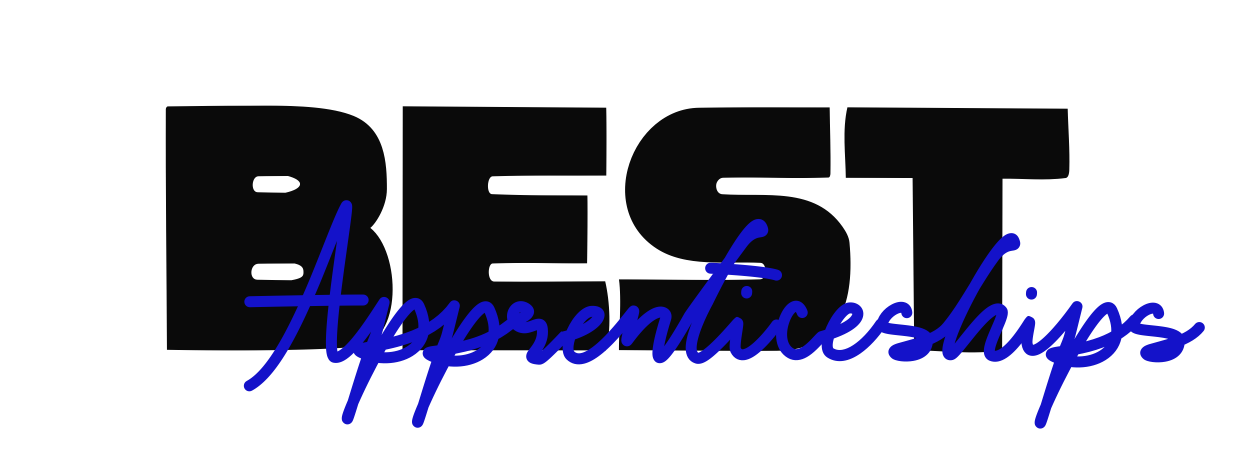The benefits of a diverse workforce are both practical and abundant.
Diversity in staff creates a broader range of perspectives and a better understanding of potential clients and customers, translating to more sales and increased profits.
This is not just a theory. According to a 2015 McKinsey report, businesses in the top quartile for ethnic and racial diversity are 35% more likely to record higher financial returns than their less diverse counterparts. Companies scoring in the top quartile for gender diversity are 15% more likely to enjoy higher financial returns than companies lower down the list.
Subsequent studies have shown that diverse teams produce more accurate work and find it easier to remain objective than homogenous teams. Diverse teams are also more innovative, and more likely to create more value. From product design to programming, engineering to energy, diverse teams have a distinct benefit in the workforce.
Diverse recruitment practices in Early Careers
Companies must strive to attract a diverse workforces, and this includes their early careers and apprenticeship programmes.
Getting the right talent at early careers level has the ability to not only onboard and train the future leaders of your business, but also for them to have an instant impact in new areas of business that they are uniquely passionate about.
Since apprenticeships are paid positions within your company, acquiring the best talent may fall to your in-house recruitment team.
To attract the best person for the job, you must cast your net as wide as possible. If recruiting for your apprenticeship scheme as an in-house recruiter this can offer a different challege to your day-to-day job.
To reach a diverse diverse pool of candidates you need to be visible in a diverse pool of places. The kind of recruitment tactics that work for you in senior recruitment might not ring true for the apprentice crowd.
We’ve pulled together our top tips to help you attract a more varied and diverse talent for your apprenticeship opportunities.
Create gender-neutral job specs
Studies have shown that men will apply for a job if they only meet 60% of the requirements. Women, on the other hand, tend to only apply if they feel they meet close to 100%.
This creates an obvious imbalance in the diversity of prospective candidates.
To solve this quirk of psychology, ensure that the requirements you are listing are essential. If you want to include additional requirements, be aware of your language and specify clear, perhaps with a ‘nice to have’ section.
Avoid gender-coded language, such as traditionally masculine terms like “dominant”, “alpha”, and “aggressive”.
There are tools that can help you ensure your job adverts are as well written and accessible as possible, for example AdGrader is a tool that can help you to ensure the use of neutral language. You could also consider running your job spec through a large Language Model like ChatGPT and prompting it to offer improvements.
Use inclusive language
It is not just gender-neutral language. Any job specs and advertisements need to use fully inclusive language. Don’t include any language that could discriminate against, eg older candidates, those of a different race, religion, or background, and anyone with a disability.
Avoid colloquialisms and slang, which could confuse or alienate a prospective apprentice. Use “fluent in [primary language]” rather than “a native speaker”. The latter is prohibitive to someone not born in the country but who may have an excellent grasp of the language.
Avoid stating preferences for candidates from elite schools or institutions.
All job adverts should state explicitly that the company values inclusion and diversity. “We are an equal opportunities employer” is largely meaningless, since it is against the law to be anything else. Instead, clearly state your unique values and commitment to equality and diversity. Help the candidate understand what you truly stand for.
Ensure the tone is consistent across the campaign
It is not just your job adverts which need to convey your commitment to equality and diversity. Look at your website, careers pages, social media channels, and written marketing communications.
Prospective candidates will check websites and social media accounts to determine the business’ values. If the language or imagery used contradicts your diversity claims, you could miss out on excellent candidates.
Advertise across different platforms
Once you have finalised the job advert, consider where to post. If you only post your apprenticeship on your website or your regular job sites you are limiting your pool of candidates. Use different platforms to cast a wider net – this doesn’t have to be expensive.
In particular, look at job boards designed for underrepresented groups, such as Hire Autism, Pink Jobs, TJobBank, and OutProNet. Careers fairs, taster sessions, and networking events can also be used to recruit applicants.
At Best Apprenticeships we ensure a wider pool of diverse candidates by syndicating job adverts across not only other on boards, but our own portfolio of careers sites.
Outreach with schools and colleges
Be proactive and reach out to a variety of schools and colleges to promote your apprenticeship scheme to a wider demographic.
Many apprenticeships and internships are gained through connections, preventing those from underprivileged backgrounds from a fair shot. Engaging with underrepresented groups through their schools or colleges can help to reach new talent that would have been overlooked.
Spotlight your diverse workplace culture
Highlight the measures to cultivate a diverse workplace.
One of the best ways to attract more diverse candidates is to demonstrate that your company already has a diverse workplace. A prospective candidate, particularly if from a minority group, will look at factors such as your diversity score before deciding to apply.
For example, if your team page is all white men, a woman of colour may be dissuaded from applying. Likewise, an older candidate may be put off by a careers page of exclusively twenty-somethings.
Investigate your hiring process
If you don’t have a diverse workplace, you must investigate every stage of the hiring process to find out where you are going wrong. Evaluate your job adverts, applications received, interview process and hiring decisions. Look at your current staff and how they were recruited. Review past applicants to determine if a mistake was made. Follow up to see if a candidate has upskilled if they didn’t quite meet the requirements previously.
Do a competitor analysis to see if there are any areas where you are falling behind your industry peers. If so, consider setting targets to reduce the deficit.
Some companies have found success by anonymizing their hiring systems – removing names, age, race, and gender from CVs to evaluate them purely on their skillset and suitability for the job – removing opportunities for unconscious bias from the process.
Ensure a diverse hiring panel
Hiring/interview panels are usually small, and a large, diverse employee sample may not be feasible. However, try to ensure that the interviewers are as different as possible. For example, a two-person panel of male and female senior staff members is likely more inclusive and effective than an all-male or all-female panel. If possible, the same applies to race, religion, socio-economic background, age and position within the company.
Enquire if any adjustments are required
Offering to make reasonable adjustments for candidates with a disability or even enquiring if they have any additional needs will make your interview process more accessible. For example, a deaf candidate may need to bring an interpreter to the interview if one cannot be provided. A parking space close to the premises or ramp may help a disabled candidate to attend the interview. This should be when you invite them for an interview, not before, to prevent unconscious bias.
Implement unconscious bias training
This brings us nicely to unconscious bias training. Since a diverse hiring panel is not always feasible, implement unconscious bias training for all staff involved in recruitment and hiring. While we would like to think we are fair and impartial, we all carry unconscious biases which can affect our judgement. Confirmation bias focuses on information that supports our existing beliefs and dismisses that which does not. This can lead to hiring managers choosing interviewees and apprentices who most closely fit with their own beliefs and experiences. Thus a lack of diversity in the team becomes a problem.
Unconscious bias training enables hiring managers to recognise their own unconscious biases and be aware of others so that they can correct that thinking.
Create a test or task to determine the skill set
Another way to prevent unconscious bias is to judge the candidates by their ability to perform a task or complete a test related to the work they will be doing. Evaluating prospective apprentices on their demonstrable skills can help hiring managers to determine their suitability for the job before their interviews.
Conduct interviews with a strict scorecard with no deviation. Marking each candidate against set criteria can help to avoid unconscious bias.
Create support networks
You may think your work ends once an apprentice is hired. However, you should ensure that apprenticeships, particularly those from a minority or marginalised group, such as BAME or LGBTQ+, have a robust support network.
The same applies to unsuccessful candidates. Ensure you treat unsuccessful candidates with compassion and that the reasons for not being selected are transparent and fair.
Consider offering online apprenticeships
Companies are increasingly offering online apprenticeships alongside or, in some cases, instead of workplace-based apprenticeships.
An online apprentice programme enables companies to offer more apprenticeships without worrying about the physical space needed, creating more opportunities.
Perhaps more importantly, an online apprenticeship removes many obstacles for candidates with mobility issues or other additional needs. Since online apprenticeships are remote, it also opens the pool to a wider range of candidates from different backgrounds and circumstances.
We hope these tips have given you some ideas on attracting more diverse apprenticeship candidates to your business. If you are is struggling to recruit the right kind of apprentices for your business, we’d love a chance to chat about how we can help.








